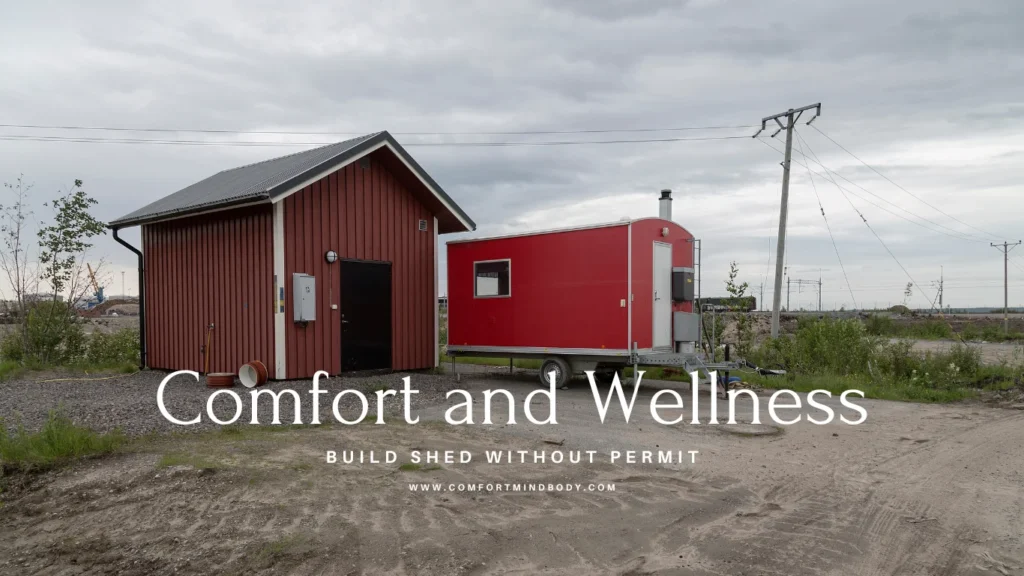Table of Contents
ToggleWhat bonsai tree to buy?
What Bonsai Tree to Buy? We have an answer. Shopping for a bonsaitree can seem intimidating, but it doesn’t have to be. With some knowledge about the types of bonsai, you can easily find one that suits your home and lifestyle.
Here, we’ll break down the basics of bonsai trees and provide some tips on how to choose the perfect one for you.
What is the best bonsai tree for beginners?
When you first start with bonsai, you tend to want to keep them in the house. After all, they are houseplants. If they are in the garden, you won’t see them as much. You will see them more often if they are on the coffee table or desk.
It’s cold and wet out there half the time, you don’t want to go out there. In reality, it is much easier to keep bonsai trees outside. Having said that, some bonsai trees can be kept indoors, and people tend to start with these.
If you want to buy a bonsai tree, here are some easier options. You can choose from:
- Dwarf jade
- Dwarf Chinese elm
- Ficus microcarpa
- Bellinghausen juniper
- Hawaiian umbrella tree
All of these species are relatively low-maintenance and can easily be kept alive in the correct environment.
Why is the Bonsai tree Important?
The term “Bonsai” means a plant, often a tree or shrub, grown in a pot. It is shaped to look like a mature tree, using different training methods. The plant usually does not exceed 1 meter in height. The art of Bonsai, as we know it, dates back almost 2000 years.
The word bonsai comes from two Japanese characters. “Bon” means pot, tray, or container. “Sai” means tree or potted plant. The word Bonsai equally applies to indoor and outdoor plants. The original word Bonsai comes from the Chinese word “P’en Tsai.” It sounds similar to bonsai and has nearly the same meaning.
It couldn’t be further from the true spirit of bonsai if we restrict our interpretation in this way. It is a tree in a pot. However, it has gone through many gardening and design methods. These methods create visual beauty and plant health. The essence of classical Bonsai is to produce a healthy miniature representation of a tree.
Identify the Purpose of Buying a Bonsai Tree.
Before shopping for a bonsai tree, it’s important to identify your reasons for wanting one. Are you looking for something small and ornamental? Do you want the tree primarily to provide an aesthetic appeal?
Or do you hope the bonsai will bring elements of nature into your homes such as health benefits, reduced stress, and improved air quality? Knowing why you’re purchasing a bonsai tree can help narrow down the selection process and ensure you choose one that meets your needs.
How bonsai plants are made?
Consider Your Level of Experience with Bonsai Trees and Your Available Space.
When choosing a bonsai tree, think about how much skill you need to care for it. Also, consider where you will place it. If you are new to bonsai, it is best to start with easier trees like juniper or elm. This will help you learn proper care and maintenance.
On the other hand, skilled bonsai gardeners might want to challenge themselves. They can choose rarer species like azalea or pine trees. Make sure to choose one that fits well in your living space. It should also work with the lighting conditions where your tree will be placed
Research Different Varieties of Bonsai Trees, Their Requirements, and Care Instructions.
Looking into different types of bonsai trees is important. You should consider their needs and care instructions. This will help you find the best bonsai tree for you. Make sure to research which type of tree best suits your environment, such as temperature, humidity, light intensity, etc.
Also, research which additives or fertilizers may be necessary for optimal health. Different species have different cultural needs. It is important to know what environment and care will help your bonsai thrive.
How Much Do Bonsai Trees Cost?
What bonsai tree to buy?
Not sure which bonsai tree to buy? Look no further! Budget-conscious buyers can get started with a tree for $20 or less, while mid-tier trees cost between $40 to $100. People who want rare and beautiful trees may need to spend a lot more money. Some of the oldest and most valuable trees have sold for over a million dollars!
Looking to buy a Bonsai tree? Make sure you pick up a container as well. You can get factory-made pots inexpensively online, while handmade traditional pots can be pricier. Luckily there are plenty of quality mid-priced options out there so you still don’t have to break the bank.
Buying a healthy plant!
The key tip to growing a healthy tree is buying a healthy one to start with. Here are the key things to look at when buying the tree to decide whether it is a good and healthy Bonsai.
- Branches: a healthy Bonsai should not have branches that cross and have an even distribution of branches throughout the shape of the tree.
- Leaves: the leaves on a Bonsai should be a healthy and bright green color. None of the leaves should be dried out or look off-color.
- Roots: the roots should be slightly sticking out of the soil but anchored into the pot securely.
- Trunk: the trunk should be thicker at the bottom than at the top. The surface of the trunk should be smooth.
What Tools To Use For Bonsai?
What bonsai tree to buy?
The tools listed below are the basic ones needed in order to have a successful experience with Bonsai trees. These tools are:
- A Hand Pruner.
- A Root Hook.
- A pair of shears.
- A concave cutter.
- Wire Cutters and Pliers.
- A brush to remove dirt from the tree
Looking to buy a Bonsai tree? Make sure you pick up a container as well. You can get factory-made pots inexpensively online, while handmade traditional pots can be pricier. Luckily there are plenty of quality mid-priced options out there so you still don’t have to break the bank.
ECO-FRIENDLY BONSAI TREE
What bonsai tree to buy?
Giving a bonsai tree as a gift is a gesture of respect and a harbinger of good fortune. They symbolize harmony, honor, patience, as well as happiness among friends and family.
Affiliate Disclosure:
The links contained in this product review may result in a small commission. This goes towards supporting our research and editorial team and please know we only recommend high-quality products.
Note: This article is for informational purposes only and is not intended to diagnose, treat, or cure any disease. Always consult a healthcare professional before taking any supplement or making any changes to your diet or lifestyle.







